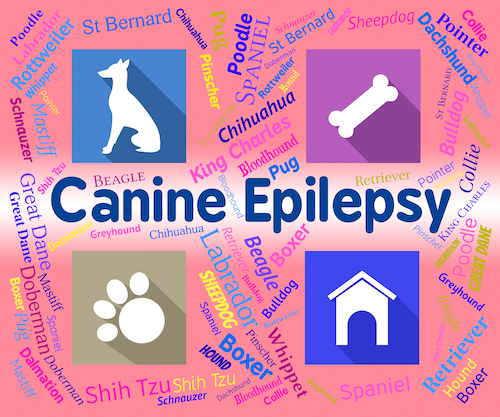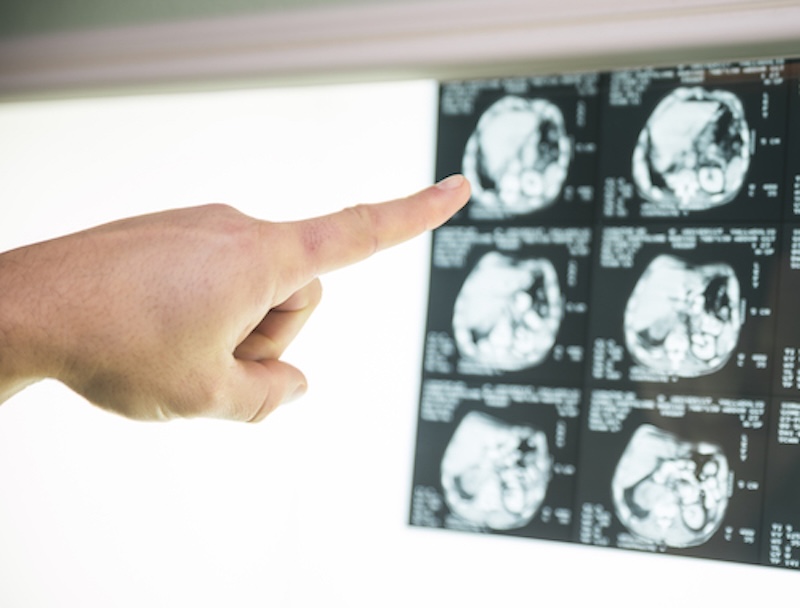
The most important thing is to try not to panic in those situations. You cannot stop your dog from having a seizure, you need to just let him or her have the seizure. Try and stay calm around them, speak quietly and calmly to them. Ideally turn off any bright lights that could be stimulating them, because that could make the seizure go on for longer. Turn off any loud noises that are going on in the background as well, because again, any extra stimulation can make the seizure worse. The reason they might be having a seizure, it could be through a poisoning, they may have ingested something while out for a walk that you were unaware of, something like slug bait, for example, would be one that would cause seizures. It could be, depending on their age and breed, that they are developing epilepsy. The other reason you may get a seizure is if you had something growing in your brain. So, a brain tumour, or a brain swelling, a hematoma, or if you have had an accident, or a knock, or trauma to your head, then you could see a sign of having a seizure.
What you need to do once they have had their seizure, or while they are having their seizure, if they are not coming out of it, is to phone your vet. And even if it is after hours, there is always a vet at the end of the line that you can speak to. Describe to them what’s happening. Ideally, let them know how it started if you saw it start. So, were they conscious, how long were they conscious for, did they lose control of their bladder, did they defecate all over the place? Have a look at their eyes if you can, after they have had the fit. Try not to touch your dog while it is having a fit because it may involuntarily bite you because it is not in control of what its muscles are doing.
Once you have had a look, if you can look at its eyes and see if there is any involuntary eye movement, as in, is the eyes moving side to side or up and down? Again, that gives us a clue to what may be happening and also allows us to give appropriate advice on whether we need to see your dog immediately, or whether we should advise you give him a little bit of time before you bring him down to us.
In most situations, if a dog has had a fit, we would want to see them, but we would not want you to stress them out by bringing them straight down in the car. If they have had a cluster of fits, two or three, we would suggest that we see that dog quite quickly, because the chances are that it is going to go into another fit and we need to be there to give them the proper medication to prevent that or to treat it as it is happening. The more fits your dog has close together, the more damage it could be doing to their brain and we need to prevent that from happening.
If we have a dog that has been diagnosed with epilepsy, we would monitor the frequency of their fits, initially. If they are happening at a frequency that is not okay… So, if it is one a year, we would not start a dog on medication, because there are side effects to any medication that you give them. So, you have got to weigh up the pros and cons of giving them medication or allowing them to have a mild seizure once a year. If we were to start a dog on anti-epileptic medication, it would need to see us regularly, we need to check the blood mainly to make sure that the levels of the medication are right in the bloodstream. If they are too low, then they won’t be stopping the fits. If they are too high, then we should be lowering the level of the drug that we are giving them, in order to stop those fits.
That is the maintenance of an epileptic dog. What we would normally dispense to any owner with any dog having a seizure, whether it’s epilepsy or not, would be a tube of rectal diazepam. So, this is something that you could easily give your dog at home, without having to go around their mouth or their head end and you just give them the diazepam quite safely into the rectum and it is absorbed very quickly and well, in some cases stop their seizure quite quickly, allow you then to get your dog to the vets where we can give them more medication, probably intravenously if needed to to stop the seizures.
